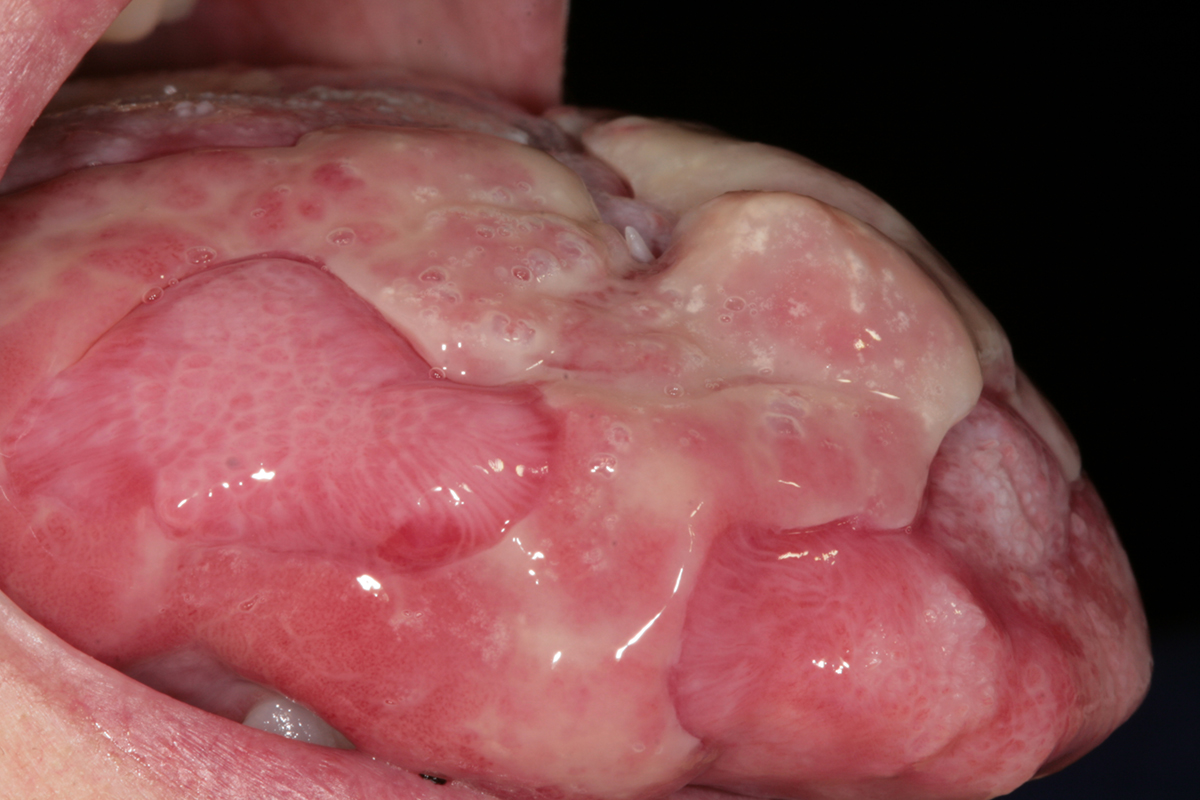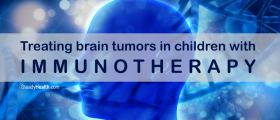
Paraneoplastic Syndrome
Paraneoplastic syndrome is a term used to describe several symptoms which occur in patients suffering from cancers. In paraneoplastic syndrome the symptoms are caused by a local and direct presence of the tumor. Namely, the tumor can be amazingly small but it may produce certain substances which affect distant organs. The symptoms may also occur due to improper body reaction and production of antibodies which instead of fighting against tumor cells start to attack normal body cells. So even though there are no tumor cells in the specific area, this area is affected and the symptoms are actually connected with it.
Paraneoplastic syndrome usually occurs in lung, breast and ovarian cancer as well as in lymphomas. This syndrome may occur after the tumor has been detected or even before the definitive diagnosis of malignant disease has been set. Paraneoplastic syndrome is frequent among middle-aged and elderly patients. Up to 20% of all cancer patients develop symptoms of this syndrome.
Symptoms of Paraneoplastic Syndrome
Paraneoplastic syndrome may be classified into 4 categories - endocrine paraneoplastic syndrome, neurological paraneoplastic syndrome, mucocutaneous, and hematological paraneoplastic syndrome.
In endocrine paraneoplastic syndrome symptoms are related to production of certain hormones which lead to specific changes in the body. Patients with endocrine paraneoplastic syndrome may develop Cushing syndrome, SIADH, hypercalcemia, hypoglicemia, polycytemia and carcinoid syndrome. Which of the previously mentioned will develop basically depends on the very hormone which is synthesized by the tumor. For example in carcinoid syndrome tumor produces serotonin while production of insulin may cause hypoglicemia.
Neurological paraneoplastic syndrome is connected to immunological response to the presence of tumor which reflects in abnormal reaction of antibodies. Patients with neurological paraneoplastic syndrome may suffer from paraneoplastic cerebellar degeneration, Lamber-Eaton myastenic syndrome, encephalomyelitis, limbic encephalitis, brainstem encephalitis, opsoclonus and polymyositis.
In mucocutaneous paraneoplastic syndrome patients may develop acanthosis nigricans, dermatomyositis, Leser- Trélat sign, necrolytic migratory erythema, Sweet's syndrome, florid cutaneous papillomatosis, pyoderma gangrenosum and acquired generalized hypertrichosis.
If a patient is suffering from hematologic paraneoplastic syndrome he/ she may experience granulocytosis, polycytemia, Trousseau sign, nonbacterial thrombotic endocarditis and anemia.
Apart from the previously mentioned membranous glomerulonephritis, tumor-induced osteomalacia and Stauffer syndrome may additionally occur as a part of paraneoplastic syndrome.
Treatment
The goal of the treatment for paraneoplastic syndrome is actually connected to eradication of the underlying cancer since this will be efficient in elimination of the symptoms. There are three treatment modalities and they include radiation therapy, chemotherapy and surgery. Which of these is going to be applied basically depends on the very location of the tumor, its pathohistological type and general health of the patient. If paraneoplastic syndrome is caused by autoimmune response patients are prescribed specific medications. Certain symptoms may be alleviated by plasmapheresis.

















Your thoughts on this
Loading...